The trend of moving to a cold climate began centuries ago. Fewer allergies, better sleep, and fewer infections are just some reasons why people choose to make colder places their homes. However, those who have lived in warmer climates for years may find it difficult to adjust to low temperatures. That’s why having some tips on how to acclimate to cold weather would be more than helpful.
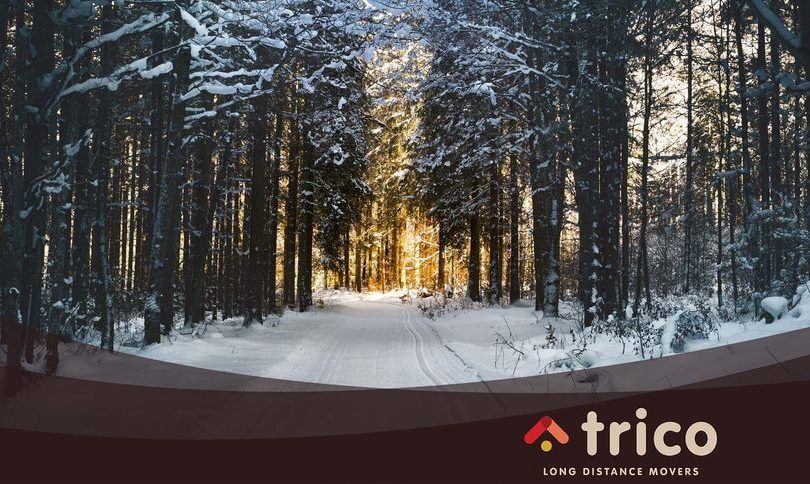

If you plan to relocate and live in harsh weather, there will have to be some adjusting. It will be hard at the beginning, so when you realize it’s time to move, you should prepare yourself for the change. However, it’s not all about getting used to frozen fingers and a red nose. You should also think about transportation, long-distance moving services, and also what you’ll do after the relocation. No wonder you’re not freaking out about relocating away from your family nearly as much as about the snow and frost. However, with our tips, you’ll overcome this hurdle easily.
There are numerous reasons why people move. Whether they got an amazing job in another state or just found a better home to live in, the adjustment process is inevitable. No one said it would be easy, but the more you know about the new environment, the smoother the period after the move will be. Especially if you consider all the benefits this relocation will bring on so many levels. Let’s start first with your health:
So, if you plan to move to a colder place, it’s important to do some research before moving. You don’t want some scary stories to put you off the idea of relocating. Okay, you might get chills when you hear snow, blizzards, ice roads, and biting frosts, but there are many benefits this move will bring you – no more bugs, good sleep, fun things to do outdoors, and many other things.
Making the transition as smooth as possible will help you figure out how to live in cold weather, and you won’t have to deal with relocation stress or even depression after the move. The sooner you accept that your lifestyle will undoubtedly change, the more time you’ll have to enjoy all of the benefits this move will bring.
For example, if you are used to occasionally going for a swim or just enjoying the sun and the beach, you should know that some of your activities will have to change. All you have to do is find a way to make yourself comfortable with feeling a bit chilly. Let’s see how to do it.
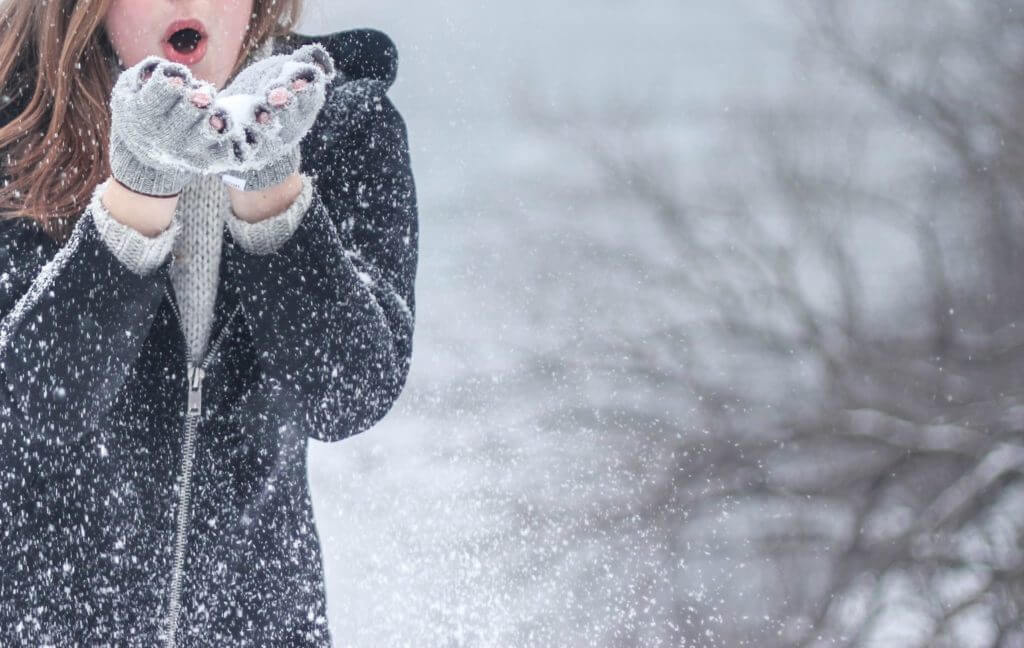
Organizing a move isn’t a thing you can do in just one day. There is a lot of stuff you have to think about, from making a to-do list to figuring out how to save on relocation costs. However, there are some things that you better leave for after the move.
Yes, you read that right. It is better to get the gear you need after the move. There’s more than just one reason why:
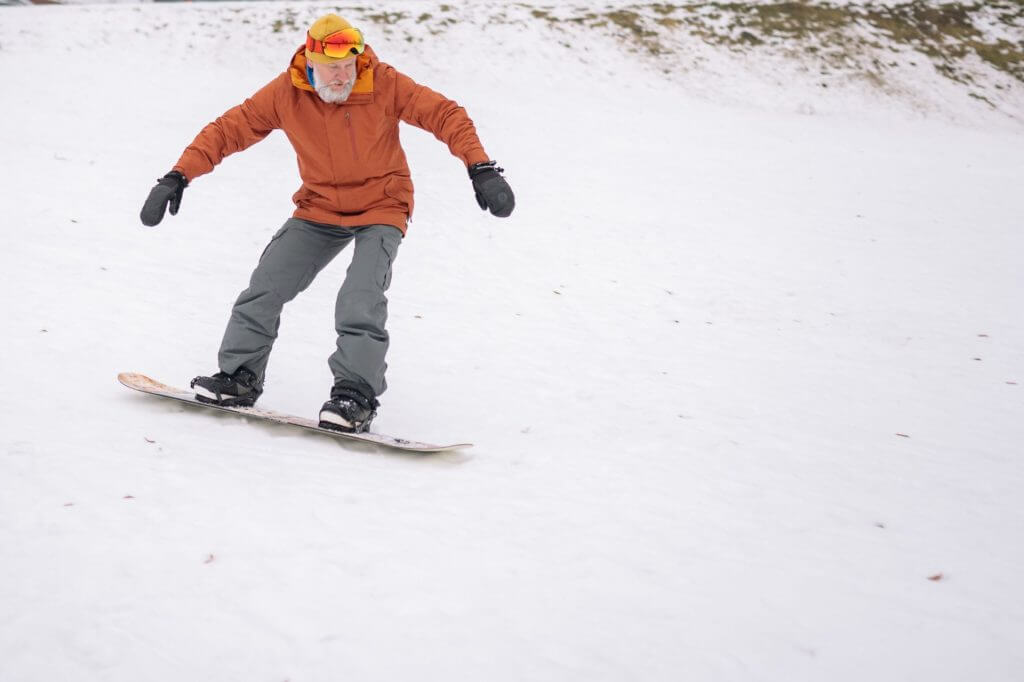
Once you decide to get the necessary gear after the move, you save yourself a lot of time and effort. Not only will you pack more quickly, but you also won’t need any of your summer clothes either, which means you’ll be packing only the essentials.
Although you won’t have that much stuff to pack, you should start packing as soon as possible. There are still many tasks you have to complete for an efficient relocation. Let’s see the steps you should take:
Relocating requires some skills and techniques, especially when it comes to preparing your belongings for transportation. However, if you’ve never moved in wintertime, it is best to learn some important steps.
Besides getting the right-sized boxes, you should know how to keep them dry and well protected from harsh climate conditions, such as freezing temperatures. Here are some steps you should take:
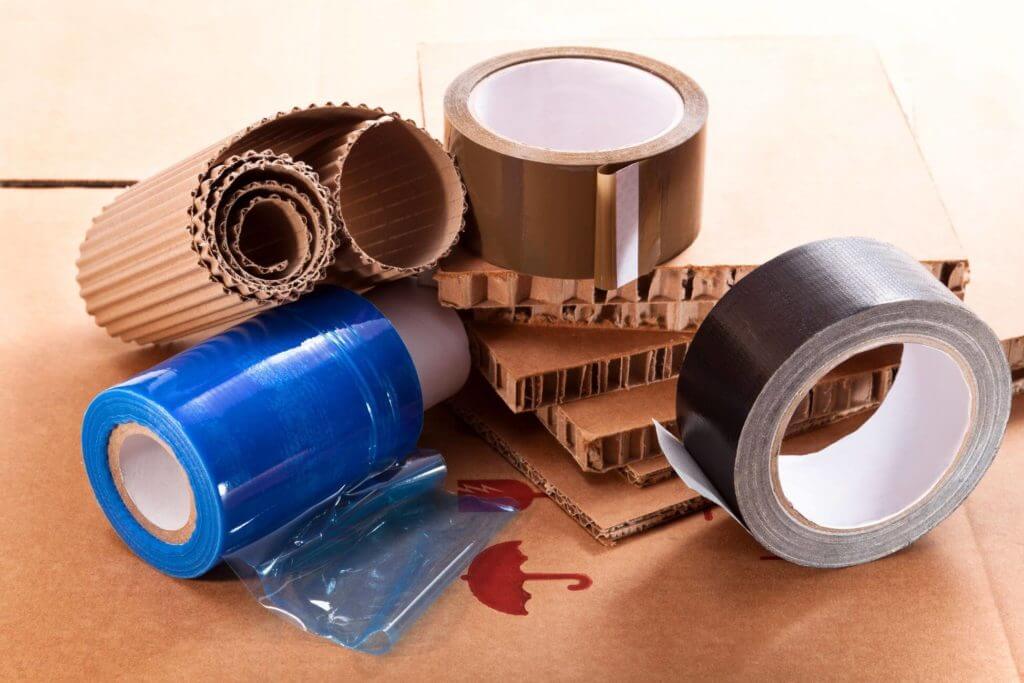
One of the first things to do is find a reliable moving company once you decide to move. It’s a step you shouldn’t omit, especially if you’re relocating from warm climates to colder ones, not only because of the long-distance travel but also because driving a large truck in ice and bad conditions is very dangerous. Of course, reliable cross-country movers with many years of experience will know exactly what to do in these kinds of situations.
Also, a relocation crew that can give you a helping hand in other services, like auto transport, will save you a lot of trouble. And don’t forget that a moving company can help you with their packing services as well. And if you have to put away some of your belongings, there’s always a storage facility where everything will safely await you.

Relocating with kids is always a challenge. But if you decide to have a fresh start in a new area with colder temperatures, then you’ll have to help them prepare for the change, too. It is not only playing in the snow and similar fun stuff your children have to be aware of. You need to prepare them and teach them how to adjust to cold weather, from protecting their hands, necks, and faces from winds to dealing with frostbites. It is best to sit them down and explain everything before the move. That way, the little ones will know how to dress properly when going outside.
You’ll also have to think about your furry friends. If you want to move with pets, check with their veterinarian first. Acclimatization is different for each animal, and you should start with baby steps. Take your pet for quick walks in the beginning until they adjust completely. Also, consider getting them sweaters and shoes to protect them from frostbites.
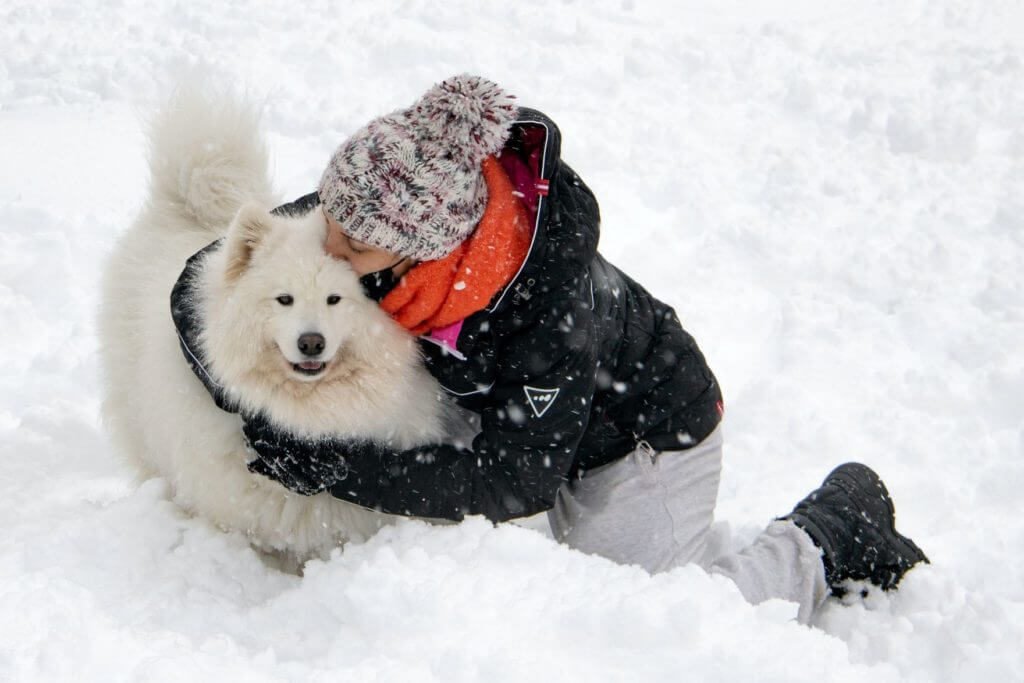
Warm temperatures usually mean dry roads. However, if you plan to relocate your vehicle, it might be a good idea to take some driving lessons focused on winter conditions. Don’t worry; it’s completely normal even if you have been driving for years. Changing climates is a challenging thing to do, and you have to make sure you’re safe. Also, you don’t want to hurt anyone else on the road.
So, if you’re wondering how to improve your driving skills in the snow, besides extra lessons, here’s what you should do:
It is always a good idea to let professionals transport your car to a new location. But if you have considered all the pros and cons of a car shipping to another state and decided to drive on your own, then you have to prepare a survival kit every vehicle should have in low temperatures.
When you pack a bag of relocation essentials, don’t forget to prepare another one for the car—a flashlight, spare batteries, first-aid kit, ice scraper, and the like.
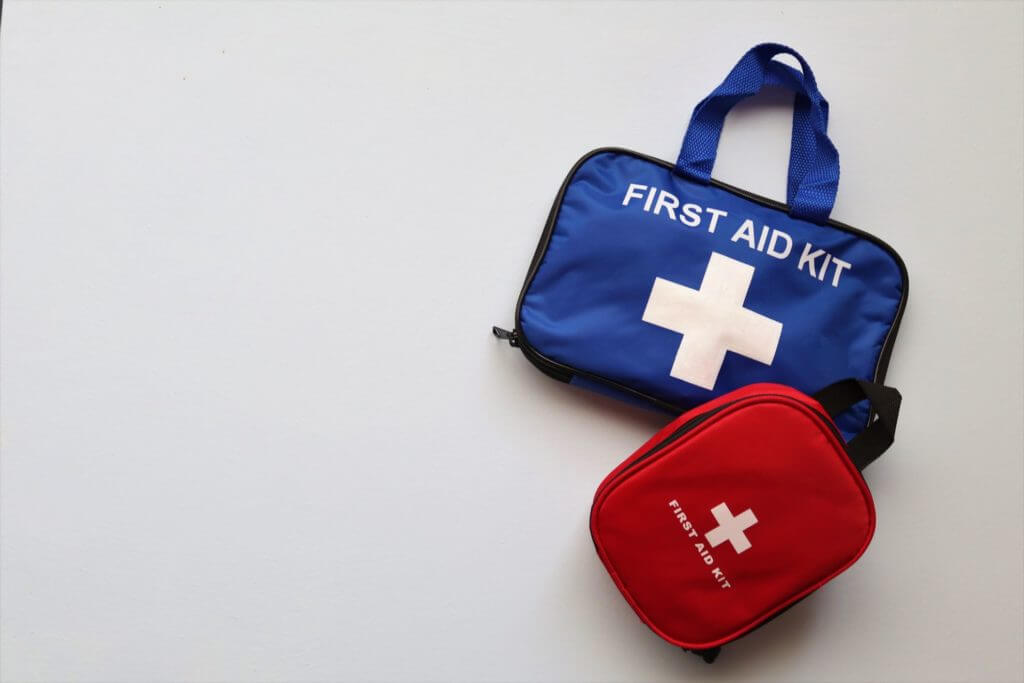
When it comes to packing your clothes for the move, be sure you know how to dress properly for low temperatures. The first rule you probably haven’t had a chance to use in a warm area is to layer up. You have to take care of your health, and dressing poorly is precisely what you should avoid.
Keep in mind that the more layers you wear, the better the insulation will be. Also, if you think that one single warmer layer will do the job, you are wrong. More layers, even if thinner, will retain the much-needed heat better than only one thick layer.
So before you get to the packing process, ensure you get rid of all clothes you won’t wear. Donate unwanted clothes to a local charity, or you can visit Goodwill and drop off your stuff there.
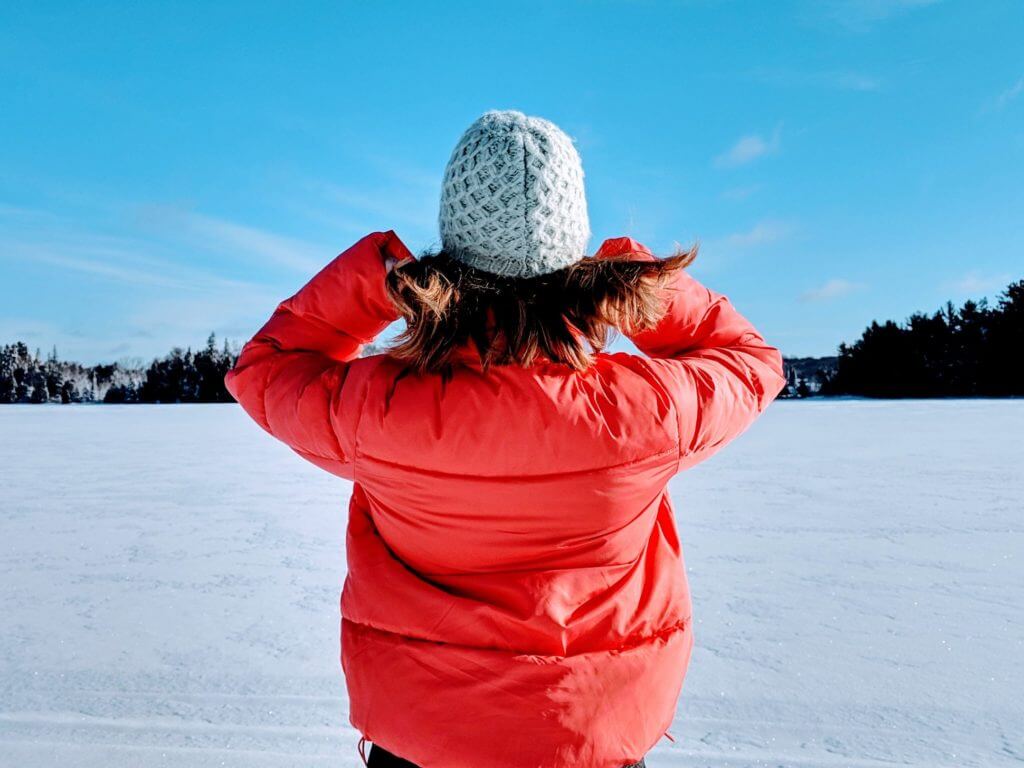
After the move comes probably the most tedious task – unpacking your belongings. However, don’t forget you’ll have to check your home and winterize it if needed, too. This means that your future place should have improved energy efficiency and protection from snow-related damage.
You can check this before the move, but it would be great to check it after the move, too. So don’t wait until the first winter after the move. Check it over a weekend when you first settle in and be sure everything is ready for snow.
Relocating in winter is a task that requires many preparations. And it doesn’t have to be a bad thing. Yes, there will be slightly more everyday chores to do – you’ll have to clean the driveway and walkways, get your car out of a snowy cave and do similar things, but the romantic and peaceful views you’ll get to enjoy every morning will make it all worth it.
Take a look at the video below and find out how to gently scrape ice from your car.
After the move, give yourself time to adjust to the temperature, unknown environment, and new home. It is a lot to handle and, for someone, it can be overwhelming. However, you should give the chilly weather a chance after a while because there are many exciting things you can do outside. The sooner you start embracing the change, the sooner you’ll enjoy it.